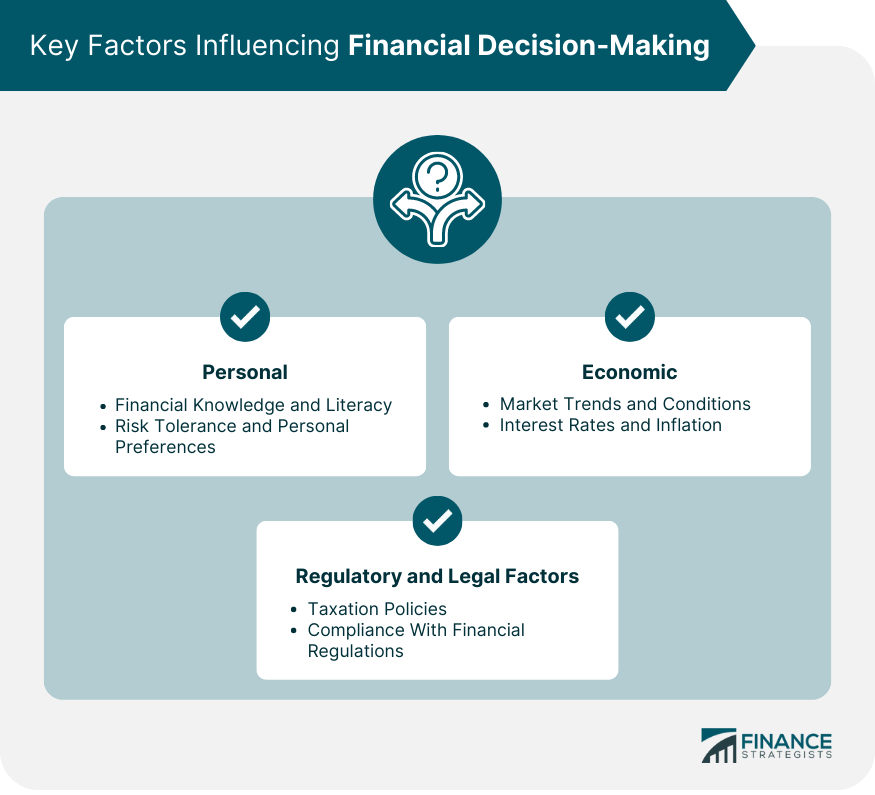Unlocking the Power of Financial Data: A Guide to Better Decision Making

As a business owner or financial manager, you’re constantly faced with making critical decisions that can impact the future of your organization. Whether it’s determining where to allocate resources, identifying areas for cost savings, or forecasting revenue growth, having access to accurate and timely financial data is crucial. In this article, we’ll explore the importance of financial data in decision making and provide practical tips on how to leverage it for better outcomes.
Understanding the Importance of Financial Data
Financial data is more than just numbers on a spreadsheet. It’s a treasure trove of insights that can help you understand your organization’s financial performance, identify trends, and make informed decisions. According to a study by McKinsey, companies that make data-driven decisions are 23 times more likely to outperform their peers. However, many organizations struggle to turn financial data into actionable insights.
Common Challenges in Financial Data Analysis
Before we dive into the nitty-gritty of leveraging financial data, it’s essential to acknowledge the common challenges that organizations face. These include:
- Data quality issues: Inaccurate or incomplete data can lead to flawed insights and poor decision making.
- Lack of standardization: Different financial systems and data formats can make it difficult to integrate and analyze data.
- Insufficient resources: Limited personnel, expertise, or technological capabilities can hinder an organization’s ability to extract insights from financial data.
- Inadequate reporting: Poor reporting can lead to a lack of visibility into financial performance, making it challenging to identify areas for improvement.
Best Practices for Collecting and Organizing Financial Data
To overcome these challenges, it’s crucial to establish a solid foundation for collecting and organizing financial data. Here are some best practices to get you started:
- Implement a robust financial management system: Invest in a reputable financial management system that can handle your organization’s financial data needs.
- Establish data standards: Define a set of data standards that ensure consistency across different financial systems and data formats.
- Develop a data governance framework: Create a framework that outlines roles, responsibilities, and processes for managing financial data.
- Regularly review and update data: Schedule regular data reviews to ensure accuracy, completeness, and relevance.
Analyzing Financial Data for Insights

Once you have a solid foundation for collecting and organizing financial data, it’s time to analyze it for insights. Here are some techniques to help you get started:
- Ratio analysis: Calculate financial ratios, such as the debt-to-equity ratio or return on equity, to gain insights into your organization’s financial performance.
- Trend analysis: Analyze financial data over time to identify trends and patterns.
- Benchmarking: Compare your organization’s financial performance to industry benchmarks or peers.
- Segmentation analysis: Analyze financial data by segments, such as departments or products, to identify areas for improvement.
Leveraging Financial Data for Better Decision Making
Now that you have insights from your financial data analysis, it’s time to leverage them for better decision making. Here are some strategies to help you get started:
- Use data to inform budgeting decisions: Use historical financial data to inform budgeting decisions and ensure that resources are allocated effectively.
- Identify areas for cost savings: Analyze financial data to identify areas for cost savings and implement cost-reduction initiatives.
- Develop forecasting models: Use historical financial data to develop forecasting models that can help you predict future revenue growth or expenses.
- Monitor key performance indicators (KPIs): Establish KPIs that align with your organization’s goals and regularly monitor them to ensure progress.
Advanced Financial Data Analysis Techniques
If you’re looking to take your financial data analysis to the next level, consider the following advanced techniques:
- Machine learning algorithms: Apply machine learning algorithms to financial data to identify patterns and predict future performance.
- Natural language processing (NLP): Use NLP to analyze unstructured financial data, such as text-based financial reports or social media posts.
- Predictive analytics: Use predictive analytics to forecast future financial performance or identify potential risks.
Conclusion
Financial data is a powerful tool that can help you make informed decisions and drive business growth. By collecting and organizing financial data, analyzing it for insights, and leveraging those insights for better decision making, you can unlock the full potential of your organization. Remember to stay up-to-date with the latest best practices and advanced techniques in financial data analysis to stay ahead of the competition.
Take the Next Step
Are you ready to unlock the power of financial data in your organization? Start by implementing the best practices and techniques outlined in this article. Don’t forget to share this article with your network and help others leverage the power of financial data for better decision making.


